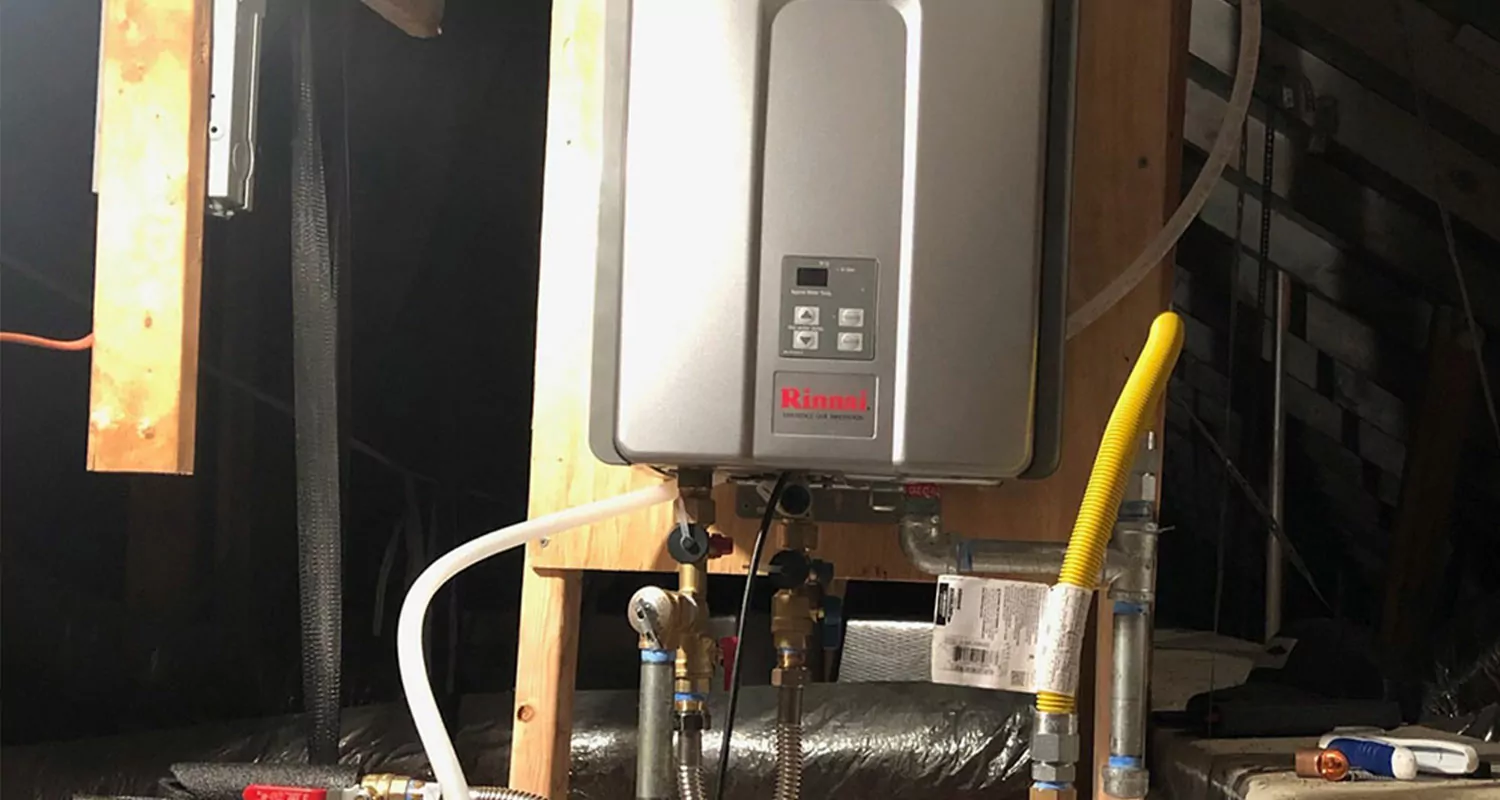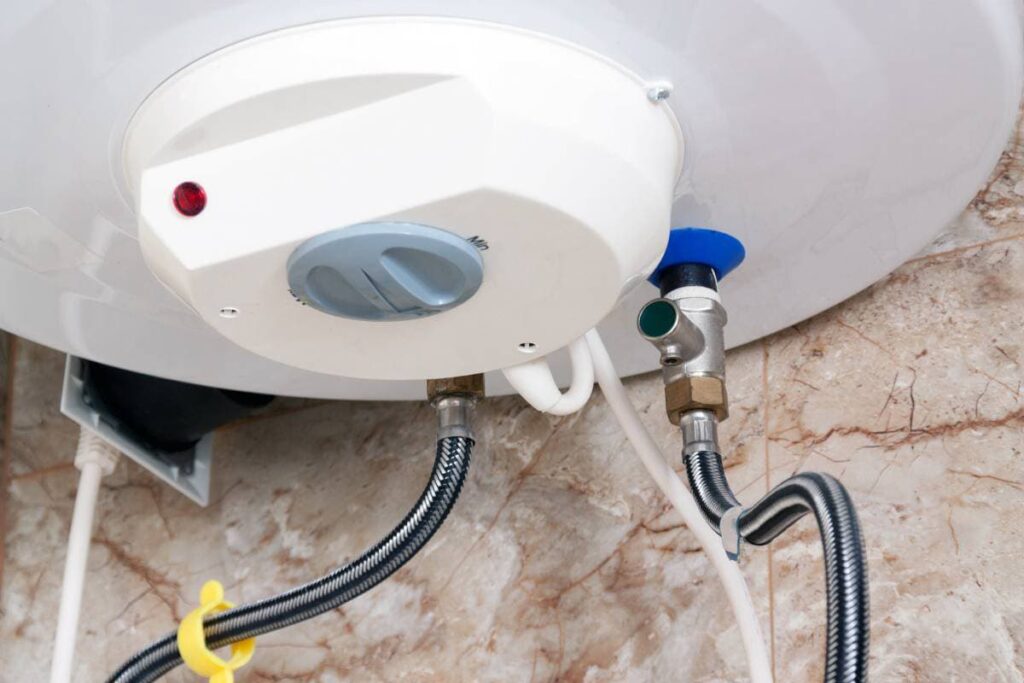Right here on the next paragraphs you can get a lot of good quality material about How to Maintain Your Water Heater & Prolong its Life.

Warm water is essential for daily convenience, whether it's for a refreshing shower or cleaning dishes. To ensure your warm water system runs efficiently and lasts much longer, routine upkeep is essential. This write-up offers functional tips and insights on just how to preserve your home's warm water system to avoid interruptions and pricey repairs.
Introduction
Keeping your home's hot water system may appear challenging, yet with a couple of easy actions, you can guarantee it runs efficiently for years to come. This guide covers every little thing from understanding your hot water system to DIY maintenance pointers and knowing when to employ expert help.
Significance of Maintaining Your Hot Water System
Normal maintenance not just extends the life expectancy of your warm water system but likewise guarantees it runs successfully. Neglecting maintenance can result in lowered efficiency, higher power costs, and even early failing of the system.
Indications Your Warm Water System Requirements Upkeep
Recognizing when your warm water system requires focus can stop major problems. Keep an eye out for indicators such as irregular water temperature, weird noises from the heating system, or rustic water.
Recognizing Your Hot Water System
Prior to diving right into upkeep jobs, it's practical to understand the standard parts of your hot water system. Commonly, this includes the hot water heater itself, pipes, anode poles, and temperature controls.
Monthly Maintenance Tasks
Regular month-to-month checks can aid capture small concerns prior to they escalate.
Flushing the Water Heater
Flushing your water heater removes sediment build-up, enhancing performance and extending its life.
Monitoring and Changing Anode Rods
Anode rods avoid deterioration inside the storage tank. Evaluating and replacing them when broken is crucial.
Checking and Adjusting Temperature Level Setups
Adjusting the temperature settings makes certain optimal performance and safety.
DIY Tips for Maintenance
You can do a number of maintenance jobs yourself to keep your warm water system in top condition.
Looking for Leakages
Consistently evaluate pipes and connections for leakages, as these can result in water damage and greater costs.
Checking Pressure Alleviation Valves
Checking the pressure safety valve ensures it functions properly and prevents too much stress buildup.
Insulating Pipelines
Protecting hot water pipelines minimizes warm loss and can save power.
When to Call an Expert
While DIY upkeep is helpful, some problems need professional proficiency.
Facility Problems Calling For Expert Aid
Examples consist of major leaks, electric troubles, or if your hot water heater is continually underperforming.
Regular Professional Upkeep Advantages
Expert upkeep can include complete inspections, tune-ups, and guaranteeing conformity with safety requirements.
Verdict
Routine upkeep of your home's warm water system is crucial for efficiency, durability, and cost savings. By adhering to these tips and understanding when to look for professional assistance, you can make certain a trusted supply of warm water without unanticipated disruptions.
Water Heater Maintenance: The Basics
Maintaining your water heater will ensure it operates efficiently and has a longer lifespan. Neglecting regular maintenance can lead to costly repairs and an even bigger chunk of your savings if you have to replace it sooner than necessary. But there’s good news: Most water heater maintenance tasks are relatively simple and easy for homeowners with basic DIY skills.
Flush the Water Heater
Over time, sediment and minerals can build up in the tank, reducing its efficiency and potentially causing damage. To flush the tank, turn off the power or gas supply, attach a hose to the drain valve near the bottom and open the valve to drain the water until it runs clear. Ideally, flush the tank annually.
Replace the Anode Rod
The anode rod is a sacrificial metal rod that helps prevent corrosion inside the tank. Inspect and replace it every three to five years or per the manufacturer's recommendation. To replace the anode rod, turn off the power or gas supply, drain a few gallons of water from the tank, unscrew the old rod and replace it with a new one. If the anode rod is significantly corroded or covered in calcium buildup, it's a sign the water heater may need to be replaced soon.
Tune-Up
A yearly tune-up can help identify potential issues and ensure your water heater operates at peak efficiency. This typically involves checking the thermostat, burner assembly (for gas heaters) and any other components specified by the manufacturer. During a tune-up, the technician may also clean the burner and adjust the pilot light (for gas heaters) or examine the heating elements (for electric heaters).
How to Maintain Your Water Heater
Insulate the tank. Insulating the tank can improve energy efficiency and reduce heat loss, saving you money on energy bills. You can purchase precut insulation blankets designed specifically for water heaters or use standard fiberglass insulation wrapped securely around the tank. Check the temperature. The recommended water temperature for most households is around 120 degrees Fahrenheit (49 degrees Celsius). Higher temperatures can increase energy costs and potentially cause scalding. Use a kitchen thermometer to check the temperature at the faucet nearest the water heater. Monitor water pressure. Excessive water pressure can strain the water heater and cause leaks or even tank failure. Install a pressure-reducing valve if necessary. The ideal water pressure range is between 60 and 70 PSI (pounds per square inch). Test the temperature and pressure (T&P) relief valve. The T&P relief valve is a safety feature that releases pressure if the tank gets too hot or the pressure builds up too high. Test it annually by lifting the lever and allowing a small amount of water to release. Replace the valve if it doesn't release water or reseal properly. Check for leaks. Regularly inspect the tank, pipes and fittings for leaks or corrosion. Deal with issues promptly to prevent further damage. Even a small leak can lead to significant water damage over time. Consider a tankless water heater. If your traditional tank-style water heater is nearing the end of its lifespan ( typically 10 years), consider replacing it with a tankless water heater. These units heat water on demand, reducing standby energy losses and potentially saving you money on your energy bills. Schedule professional maintenance. While homeowners can perform many water heater maintenance tasks, it's still a good idea to schedule professional maintenance every few years. A plumber or HVAC technician can thoroughly inspect the unit, identify potential issues and ensure it operates safely and efficiently. https://www.homeserve.com/en-us/blog/home-improvement/hot-water-heater-maintanence/

Hopefully you enjoyed our article about How to Maintain a Hot Water Heater in a Few Simple Steps. Thank you so much for taking the time to browse our post. For those who appreciated our page if you please be sure to pass it around. I recognize the value of reading our article about Tips For Maintaining Your Hot Water Heater.
Booking
 Haley Joel Osment Then & Now!
Haley Joel Osment Then & Now! Judd Nelson Then & Now!
Judd Nelson Then & Now! Keshia Knight Pulliam Then & Now!
Keshia Knight Pulliam Then & Now! Mary Beth McDonough Then & Now!
Mary Beth McDonough Then & Now! Nadia Bjorlin Then & Now!
Nadia Bjorlin Then & Now!